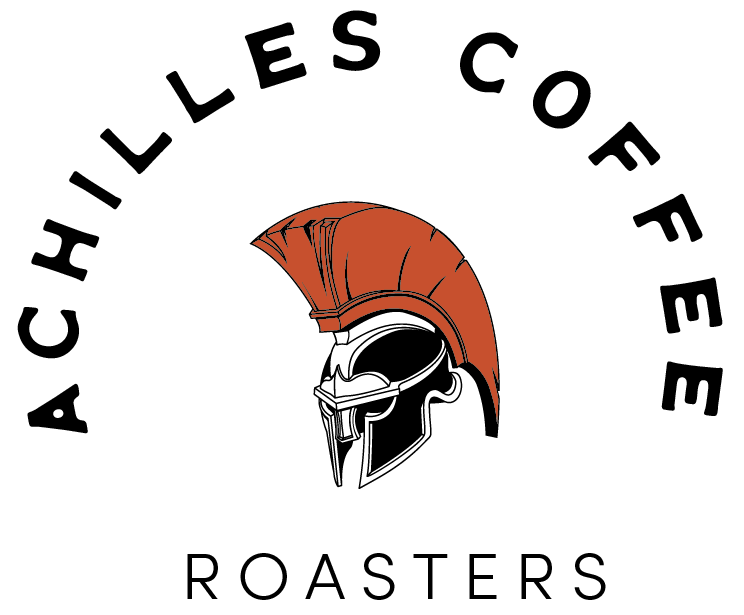
Whether you call it a caffe latte, cafe au lait, or cafe con leche, the Latte is a drink that has stood the test of time. It has become one of the quintessential drinks of the modern coffee shop, but how did it get there? The history of the latte is a long and fascinating tale with as many layers as the art that traditionally tops them.
First, let’s begin with what is a latte? The modern latte is a combination of, typically, a double shot of espresso mixed with steamed milk. They can be made hot or iced and come in a variety of flavors. It is a simple, delicious drink that fuels many people around the world each morning. What we now know as a latte would confuse many of its original drinkers.
Early History of the Latte
Europeans have been mixing coffee and milk since at least the 17th Century. The term “caffe e latte” was first used by William Dean Howells in his 1867 essay “Italian Journeys”. At this point in history, coffee is starting to become a worldwide sensation, but the brewing methods were still very primitive as espresso machines had not been invented yet.
The Invention of Espresso
To understand what they were drinking, let’s look at a brief history of the espresso machine. Italian coffeemaker Illy defines authentic espresso as, “A jet of hot water at 190°-200°F passes under a pressure of nine of more atmospheres through a .25 oz cake-like layer of ground and tamped coffee.” The first patented espresso machine dates back to 1884, but this machine was only able to create a pressure of 1.5 atmospheres.
Although there were many improvements made over the years, this issue would not be solved until the 1940s. Milanese cafe owner Achille Gaggia changed the game by adding a spring-piston lever to be operated by the barista. This is where the phrase “pulling a shot” originated and is still widely used today though the levers have been abandoned. This also lead to the discovery of crema. Consumers were initially suspicious of the “scum” floating on top of their coffee until Gaggia began marketing it as “caffe creme”, suggesting that the coffee could produce its own cream because of its high quality. There were a few more innovations over the years, but nothing that would impact the drink on such a massive level for a few decades.

The Reinvention of the Latte
Steam wands had been added to espresso machines as early as 1903, but they had just been used to heat and create texture in the milk. In the 1980s, baristas from Seattle, Washington began to “paint” with the highly textured milk and create art to top the drinks. Over time these designs were popularized and spread throughout the world. It is now common practice to finish any steamed drink with latte art.
The latte has seen many changes over the years, but the fundamentals of coffee and milk remain the same. We likely haven’t seen the end of the evolution of the latte. In the age of social media, coffee trends change and spread faster than ever. The only thing we can be sure of is this traditional drink will continue to adapt with the times.








